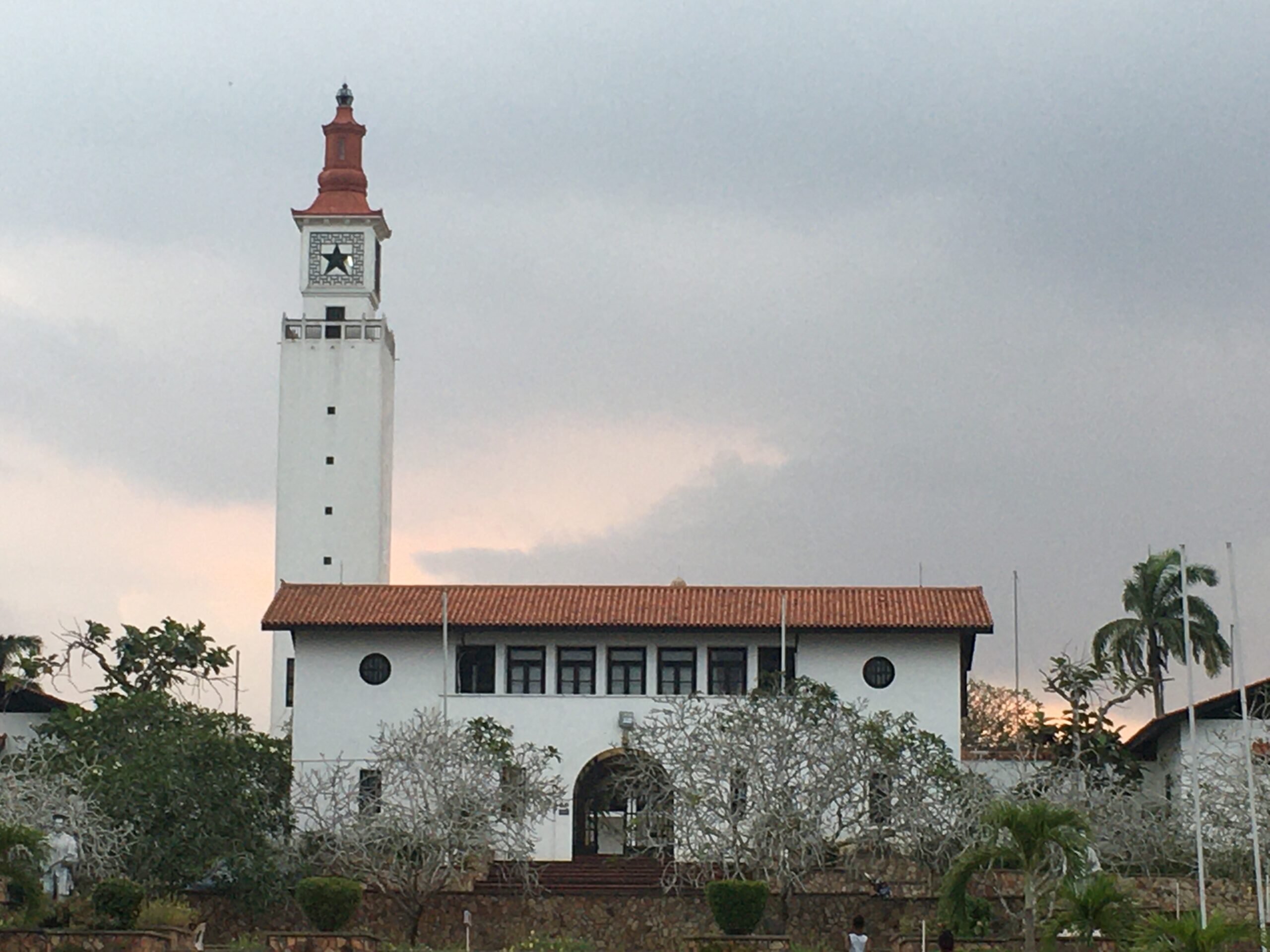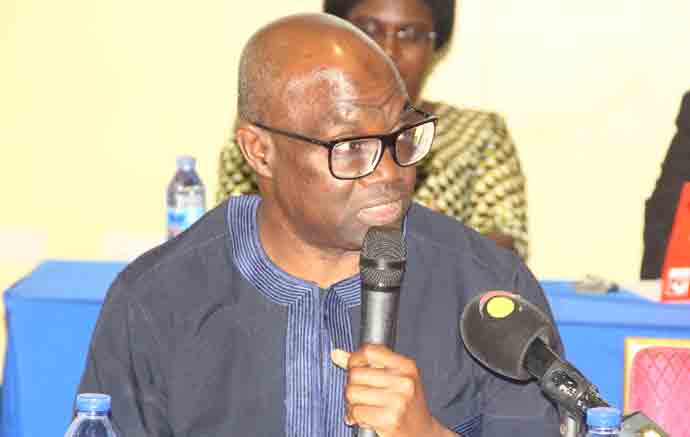
It all started with entrepreneurial mindsets; today they are disjointed. This feature addresses a topic of paramount importance to our nation’s future: ‘Education for Employment: Handshaking Academics with Enterprise in Ghana.’ In a world where the global economy is rapidly evolving, the need for an educational system that not only imparts knowledge but also prepares our youth for the workforce is more critical than ever.
This Article is a research study output precipitated by the understanding that the educational system and degree awarding programs were designed by non-degree holders but by notable individuals and groups in the societies. The fact that the Formal Education and Academic Awards systems were created by “people of knowledge and expertise – exactly what is required for entrepreneurship and “minds of the people”.
Before the advent of formal educational systems and later with the advent of the concepts of degrees, and Scholastic Aptitude Tests (SATs) and consequently followed with the introduction of Professional Aptitude Tests (PATs), Universities were founded and staffed by scholars who were recognized for their knowledge, experiences, and expertise, rather than formal academic qualifications. The origins of universities in the medieval period revolved around groups of scholars, often clerics or monks, who gathered to teach and learn from each other. Here are some key points on how universities were established in this context:
- Knowledge and Expertise:
Early university promoters and teachers were often recognized for their knowledge and expertise in various fields, such as philosophy, theology, or law. This recognition came from their scholarly work, reputation, or positions in religious or royal courts.
- Patronage and Support:
Many early universities were established with the support of religious authorities, royalty, or wealthy patrons. These patrons recognized the value of having a center of learning and provided financial support, land, or other resources.
- Guilds of Scholars:
In some cases, universities started as guilds of scholars. These were associations of teachers and students who banded together to protect their interests, set standards for teaching, and award recognition to their members.
- Granting of Charters:
The establishment of a university often involved obtaining a charter from a pope, emperor, or king. This charter would grant the university certain privileges, such as the authority to teach and to award degrees.
- Development of Curricula:
The curriculum of early universities was often based on existing knowledge and texts, especially classical and religious works. Over time, these curricula evolved to include new areas of study.
- Transmission of Knowledge:
Scholars at these early universities taught through lectures, debates, and discussions, transmitting knowledge orally or through handwritten texts.
- Recognition of Achievements:
Instead of formal degrees, recognition of a scholar’s achievements and expertise was often given in the form of titles, positions, or roles within the university or the broader community.
In summary, the concept of formal degrees and structured tertiary education and the awards systems developed much later, as universities grew and formalized their processes and standards. Most importantly, it must be emphasized that formal degrees, positions, awards, and qualifications were established to align the educational framework with the demands of the modern workplace and to create a pool of qualified and valuable professionals and talents for the societal marketplace.
Currently in Ghana, like many other countries, we are at a crossroads. Our rich cultural heritage and intellectual legacy have always been our strengths, yet we face the challenge of aligning our educational frameworks with the demands of the modern workplace. Our critical key to success lies in bridging the gap between academia and enterprise. We need to revisit the fundamentals of education, academia, and entrepreneurship.
Firstly, we must recognize that education is not just about acquiring knowledge; it’s about applying that knowledge in real-world scenarios. It’s about training the learners to become valuable and accessible to the market. And in contemporary times it is about “commercializing and monetizing” the inherent knowledge, experiences, skills and networks gained from the educational system.
Our curriculum therefore needs to evolve to include skill-based learning, focusing on creativity, critical thinking, and problem-solving. These skills are essential for fostering a workforce that is adaptable, innovative, and ready to tackle the challenges of a dynamic job market.
Furthermore, collaboration between educational institutions and industries is vital. By understanding the needs of the market, academia can tailor courses to equip students with the skills most in demand. Internships, apprenticeships, and on-the-job training programs should be integral parts of our education system, providing students with hands-on experience and a clearer understanding of their career paths.
In addition, we must also focus on entrepreneurship as a key component of our educational system. Encouraging entrepreneurial mindsets and skills in students will not only prepare them for employment but also empower them to create employment opportunities, driving economic growth and innovation.
Creating a seamless integration between academia and enterprise is a complex endeavor, marked by numerous challenges that need to be systematically addressed. This article delves into these challenges, offering an intellectual exploration of the barriers and potential pathways to effective collaboration.
Mismatch of Skills and Curriculum Rigidity
One of the primary challenges lies in the mismatch between academic curricula and the evolving needs of the modern workforce. Academic institutions often emphasize theoretical knowledge, with a curriculum that can be rigid and slow to adapt to the dynamic requirements of industries. This disparity results in graduates who are well-versed in theory but may lack the practical skills and adaptability needed in the rapidly changing job market.
Communication Barriers and Cultural Differences
Another significant hurdle is the inherent communication gap between academia and enterprise. Academic institutions and industries often operate in silos, with distinct languages, focuses, and goals. Academia tends to concentrate on theoretical and long-term research endeavors, while industries prioritize practical, application-oriented results. This divergence creates a communication barrier that can be challenging to bridge. Additionally, the cultural and value differences between these two sectors can further complicate collaboration efforts.
Lack of Real-World Exposure and Limited Collaboration
Students frequently graduate with limited real-world experience, which can leave them unprepared for the practical challenges of the workplace. This issue is compounded by the limited collaboration between academic institutions and industries. Effective partnerships are crucial for providing students with practical exposure, yet such collaborations are often hindered by logistical challenges, including intellectual property concerns, differing objectives, and funding limitations.
Technological Advancements and Resource Constraints
The rapid pace of technological advancement poses another significant challenge. Academic institutions often struggle to keep pace with these changes due to financial constraints and the time required to update curricula and facilities. This lag can result in a workforce that is not trained on the latest technologies, further widening the gap between academic preparation and industry requirements.
Regulatory and Policy Barriers
Finally, legal and regulatory constraints can act as barriers to effective integration between academia and enterprise. Navigating these hurdles requires careful coordination and often, policy changes, to facilitate better collaboration and resource sharing between these sectors.
Conclusion
The challenges of integrating academia and enterprise are multi-dimensional, involving educational curricula, communication, cultural values, technological advancements, and regulatory frameworks. Addressing these challenges requires a concerted effort from both sectors, emphasizing flexibility, continuous adaptation, and a commitment to long-term collaboration. By bridging this gap, we can create a workforce that is not only well-educated but also well-equipped to meet the demands of the modern economy. By handshaking academics with enterprise, we are not just reforming education; we are transforming the future of Ghana. It’s a journey that requires collaboration, innovation, and a steadfast commitment to our youth. Let us embrace this challenge and work together to create a brighter, more prosperous future for our nation.
Disclaimer: All quotes, extracts, and excerpts are duly acknowledged.
By Prof. Samuel Lartey(Prof)
Co-Authors:
Dr. Abubakar Achullo, KNUST, Kumasi.
Dr. Freda Kabuki Ocansey, Regent University of Science and Technology, Accra.
Prof. Isaac Boadi, Dean of the Faculty of Accounting and Finance, UPSA
The post Education for employment: Handshaking Academics with Enterprise in Ghana appeared first on The Business & Financial Times.
Read Full Story

















Facebook
Twitter
Pinterest
Instagram
Google+
YouTube
LinkedIn
RSS